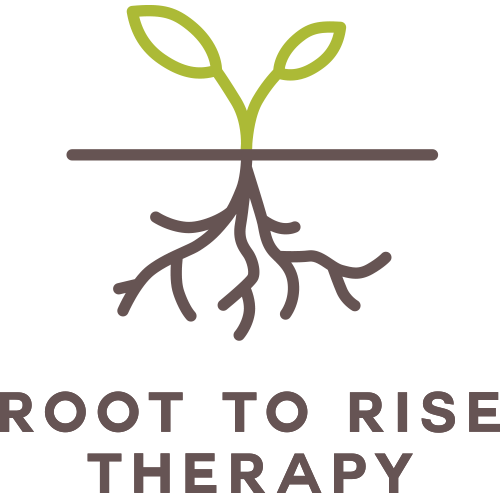Online therapy has gained popularity since advances in technology platforms such as Zoom. Online therapy is synonymous with virtual therapy, which includes video platforms for services. During the start of the pandemic, a time marked by uncertainty and unprecedented changes, many people needed to give virtual therapy a chance. Virtual therapy is here to stay because it is a highly beneficial form of treatment.
I have supported people from across California. Often, my clients who tried virtual sessions preferred it and found it extremely helpful in the long term. Clients and I share an equally solid connection when meeting virtually. Sometimes we have found it even more effective in quickly getting to know each other and starting the therapeutic work. It has reduced many barriers (and excuses!) to not begin or do therapy consistently. It is now my preferred way to conduct therapy sessions!
Virtual therapy is here to stay because it is a highly beneficial form of treatment. Here are a few significant benefits:












